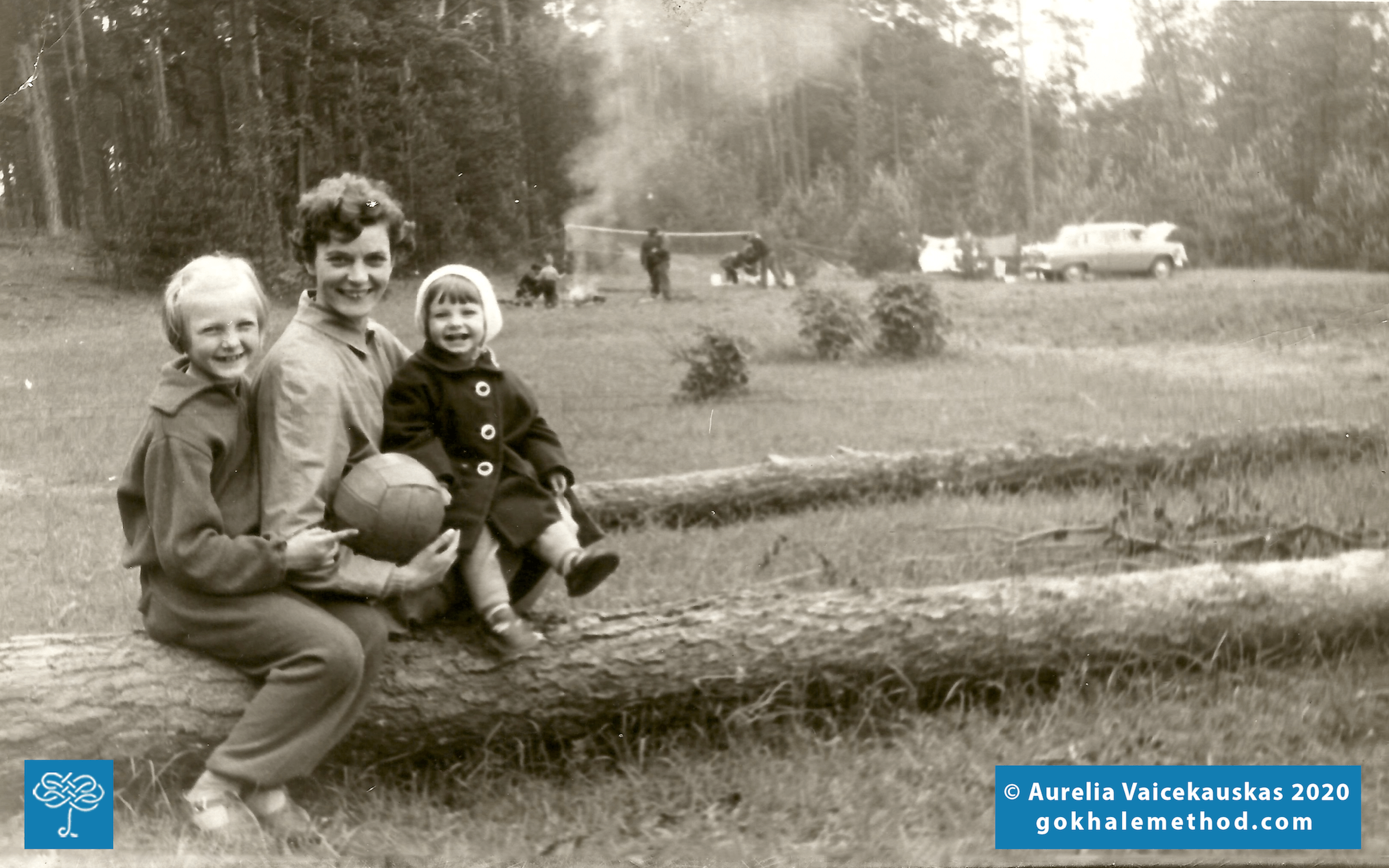Aha Moments in Healthy Posture
Teaching My 95-Year-Old Lithuanian Mom the Gokhale Method, Part 2
How to Improve Your Posture in a Day
Pop-up Courses ensure an excellent teacher:student ratio for lots of direct attention.
Our newly-crafted Pop-up Course fills a gap in our group class offerings. After many years of experimentation, we are excited about this format as it enables more people to benefit from the Gokhale Method.
Why a Pop-up Course?
Our highly successful Foundations Course typically takes place over 2-3 days, or longer. Some students struggle to fit its 6 lessons into their schedule. The Pop-up Course takes just one day (plus a 30-minute online private follow-up appointment), thus reducing the time required and keeping scheduling simple.
It’s easier to work in with travel plans, family demands, or taking time out
Humans Learn through Repetition
Learning and internalizing techniques doesn’t always happen immediately — or without assistance from a teacher.
I spent many years developing and perfecting the Gokhale Method Foundations Course. After years of crafting the language, honing the metaphors, and rearranging the order in which techniques are taught, I considered the course well-constructed and comprehensive. I was proud to empower students to be independent in taking their posture journey forward. I was proud to not be peddling products gratuitously, nor to insist students keep coming back for additional lessons.
The results of this approach were not always stellar. Though some students functioned just fine after one go-round of
Why Positivity is Important in Learning Posture
Historically, teaching posture has involved nagging, scolding, and whipping youngsters and hapless underlings into shape. We’re overdue for a break from the questionable practices of the past, not only for sentimental reasons but also because the data available to us begs it.
Positive reinforcement works better than negative reinforcement. What you focus on grows, and focusing on improvements keeps the improvements coming. Finding yourself in a slouched position from time to time is expected and doesn’t merit a lot of focus, except as a gentle trigger to make a healthy posture shift.
Positive reinforcement results in growth and motivates the upward trend to continue. Photo courtesy Pixabay.
P
Don’t Forget the Forgetting Curve! (Part 2)
When we first learn new information, we create shallow neural pathways in our brain that can quickly disappear. To retain information for the long-term requires reuse. Beyond the learning techniques referred to in Don’t Forget The Forgetting Curve (Part 1) (mnemonic devices, association, and multi-channel learning), re-engagement with the material is crucial in deepening the related neural pathways. Some aspects of re-engagement that play a big role in mitigating the effects of the forgetting curve are:
Repetition
Recall
The Halo Effect
Repetition is one form of engagement that is built into the Gokhale Method Foundations Course. Each technique is taught repeatedly in the course, and in multiple
Don’t Forget the Forgetting Curve! (Part 1)
As a posture teacher, I am very aware of my students’ tendencies to forget the finer points of the Gokhale Method. The longer students wait between classes or refreshers, the more they’ve forgotten. Although there’s always room to improve our teaching methods, forgetting is and will always be a natural phenomenon that accompanies any kind of memory acquisition.
According to nineteenth century psychologist Hermann Ebbinghaus and his theory of the Forgetting Curve, people have a steady rate at which they forget material over time. After learning new material, we forget the majority of what we have learned within 24 hours; we forget even more in the following days.
The Forgetting Curve shows



